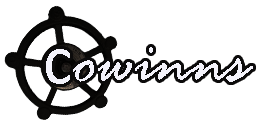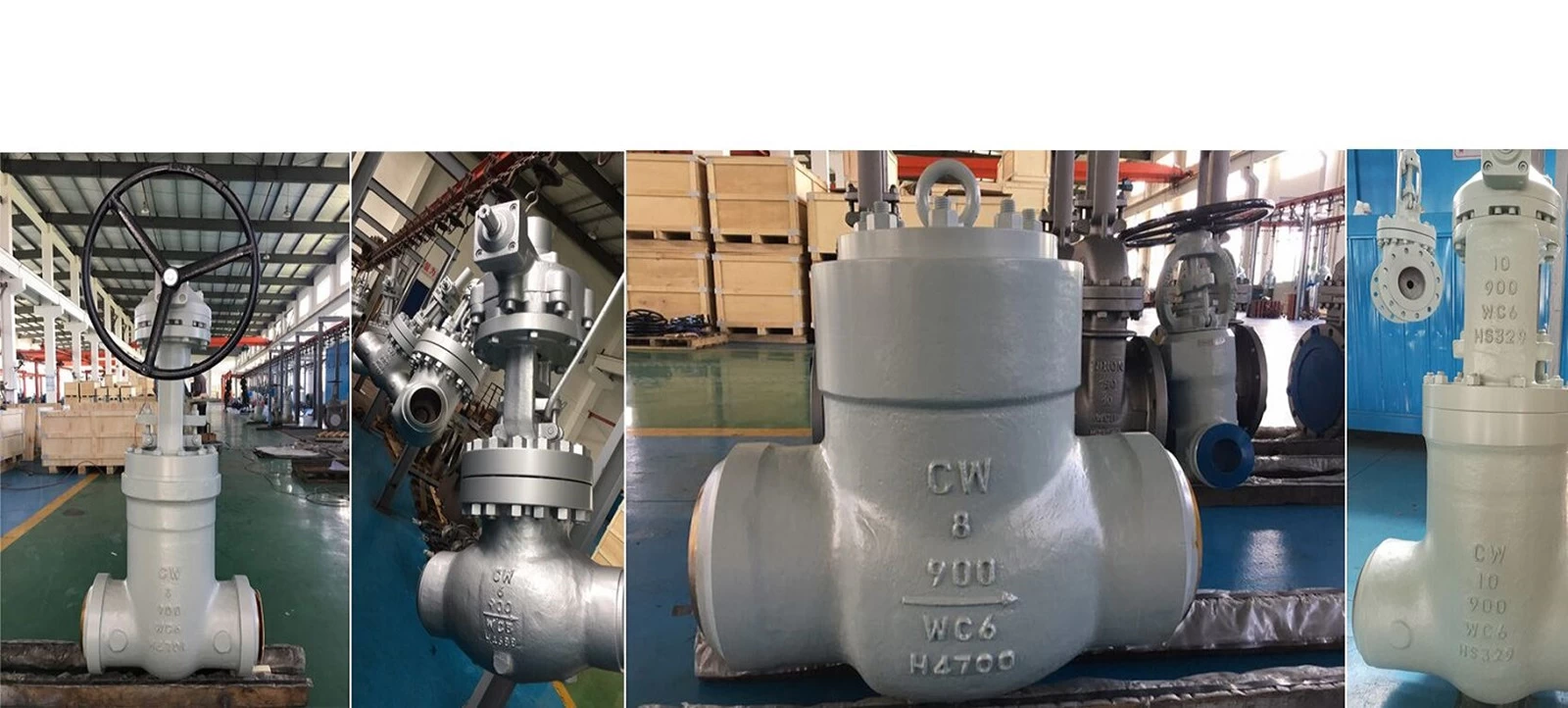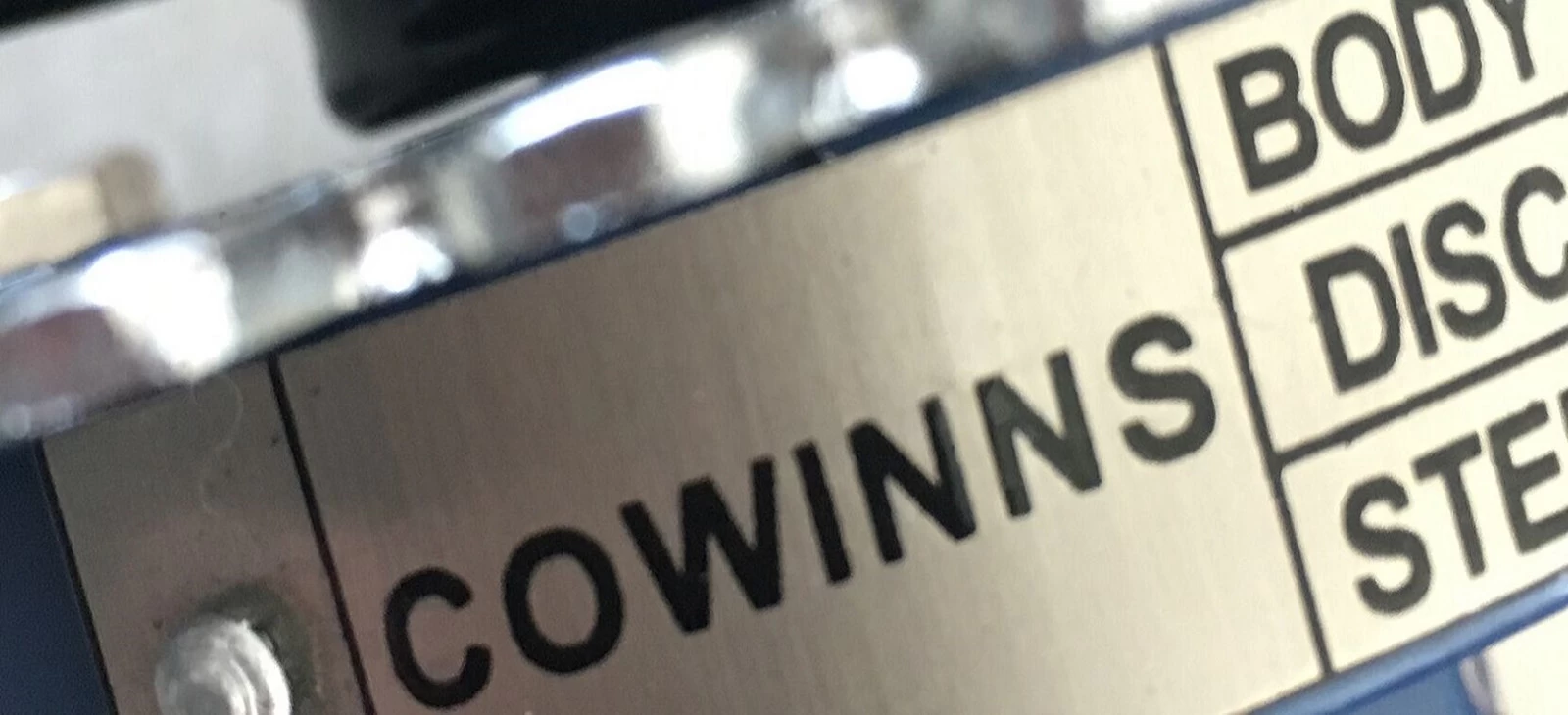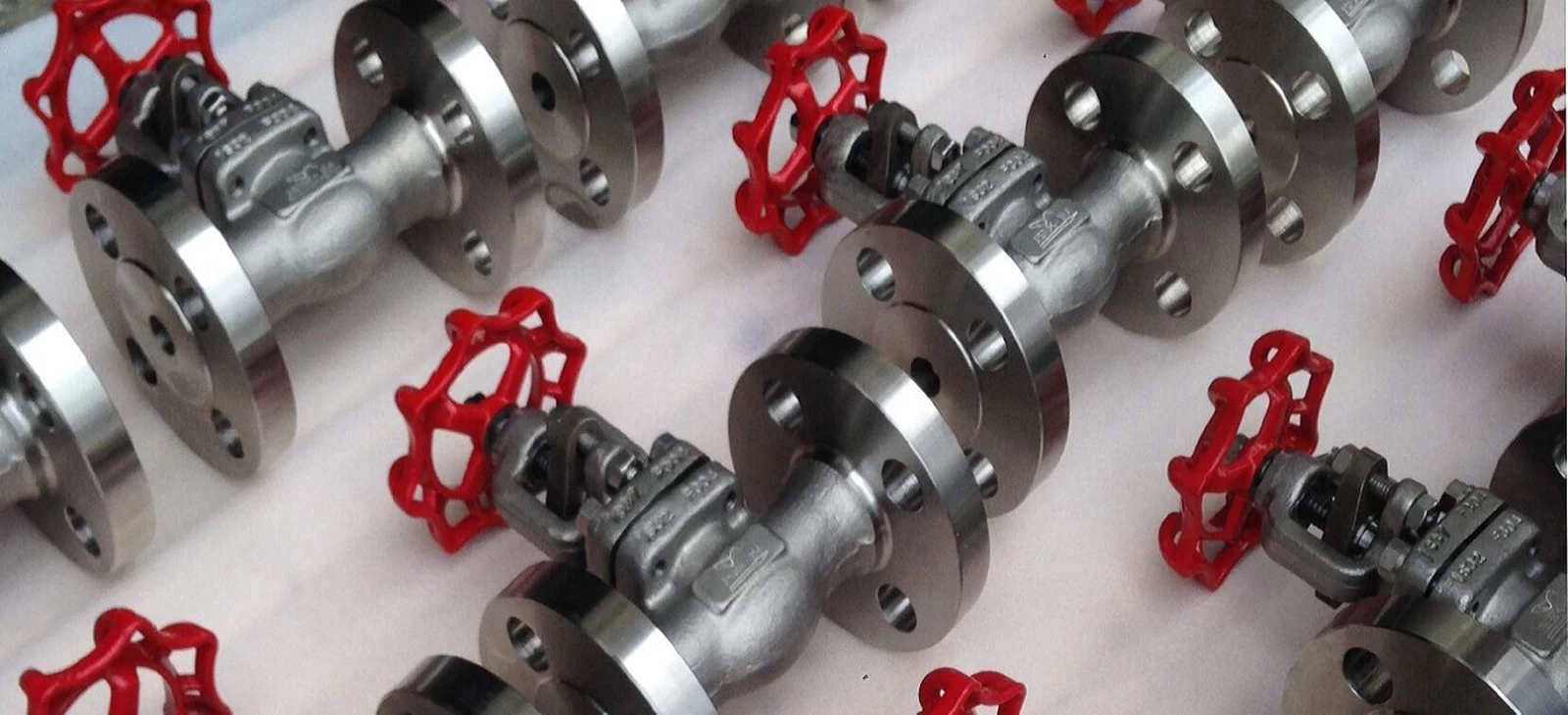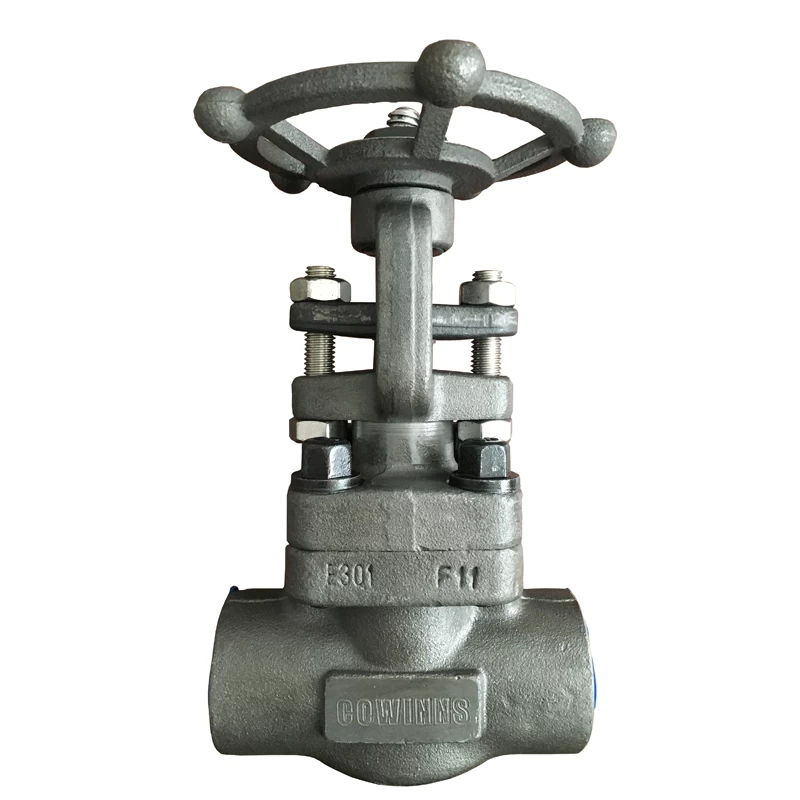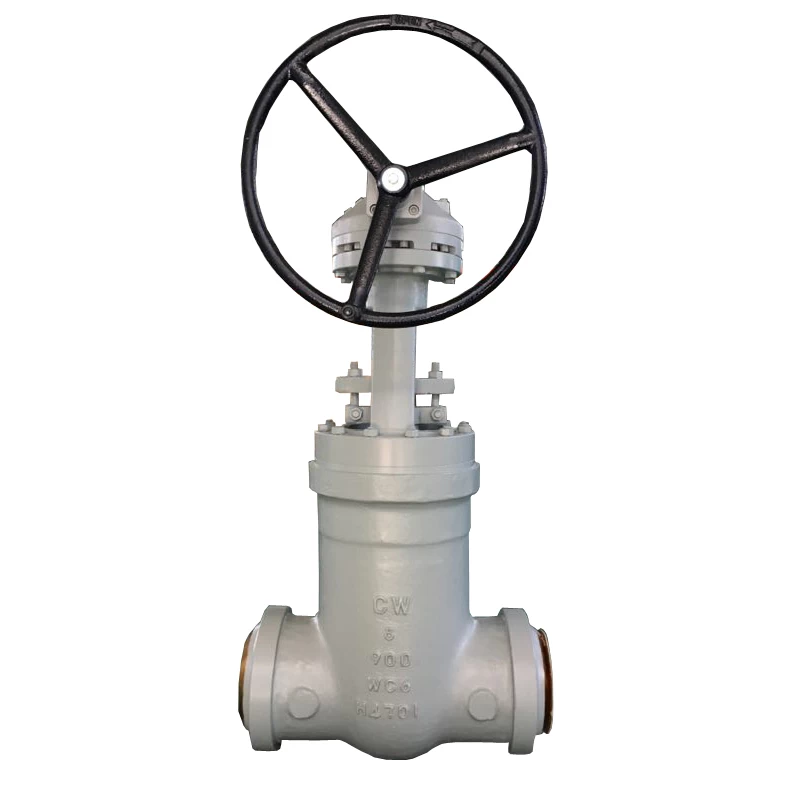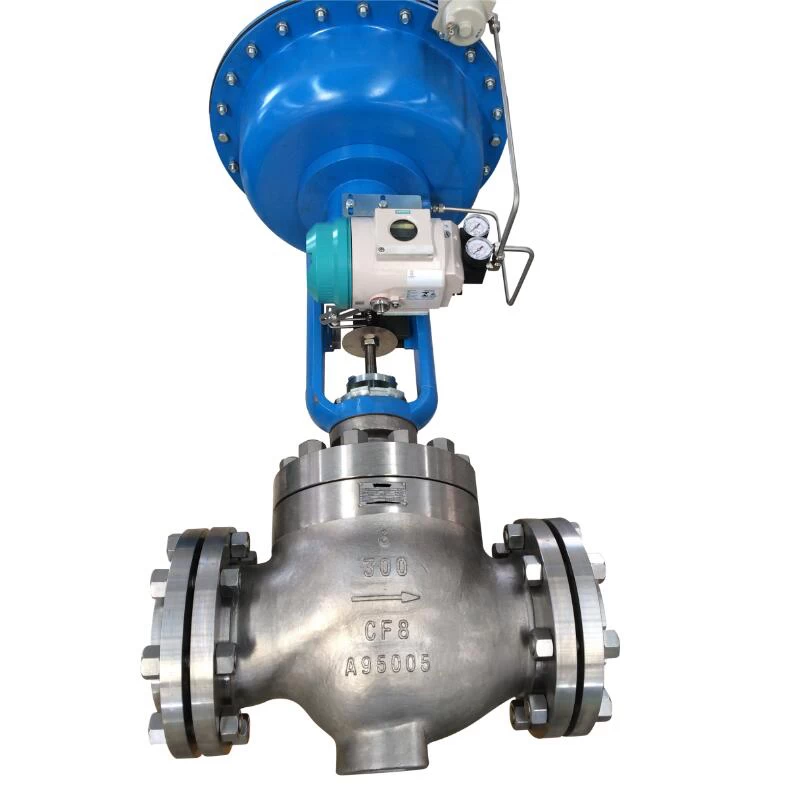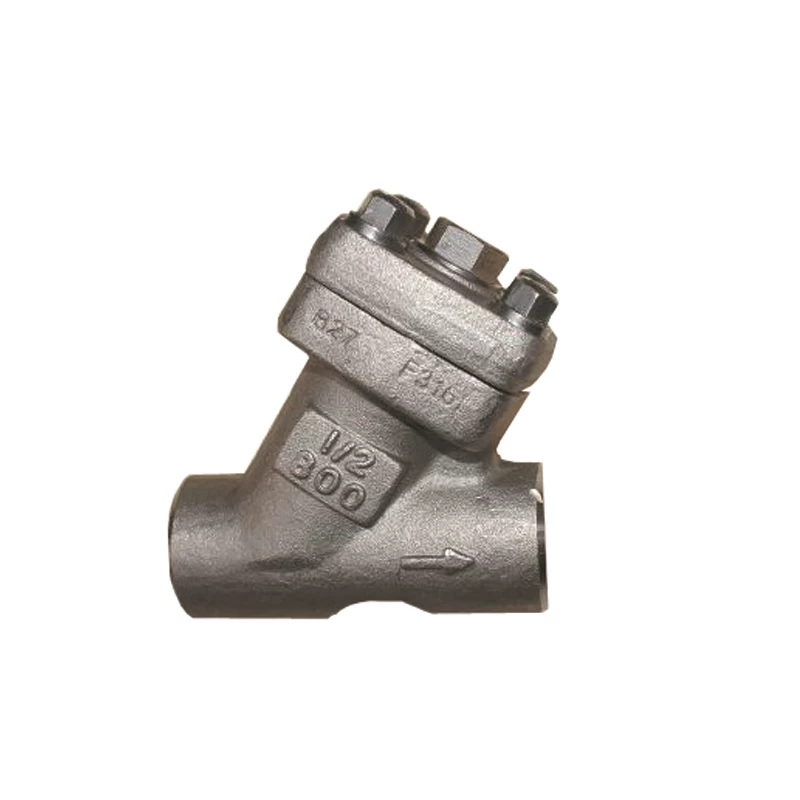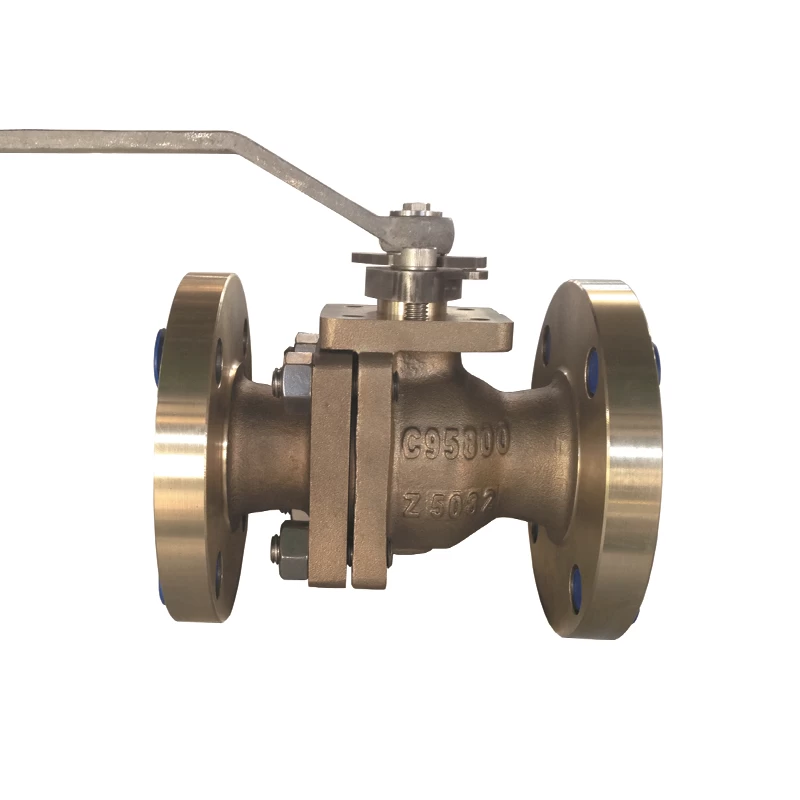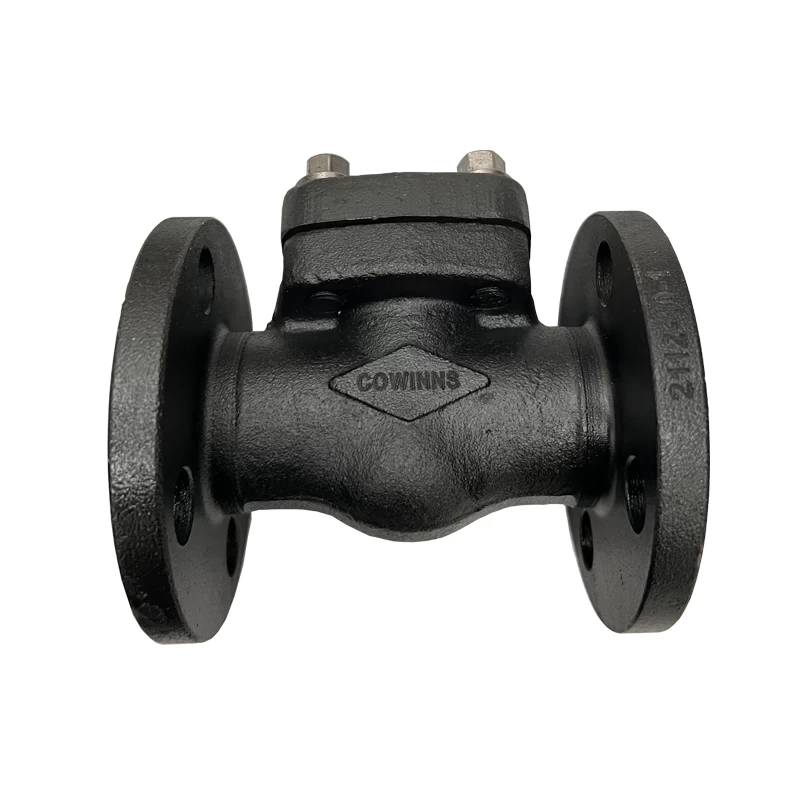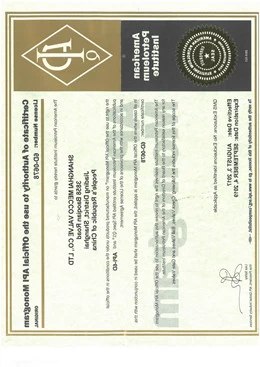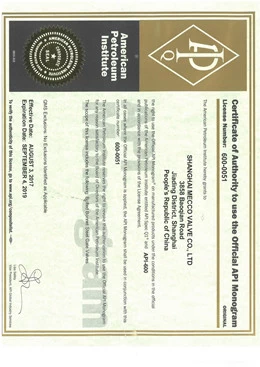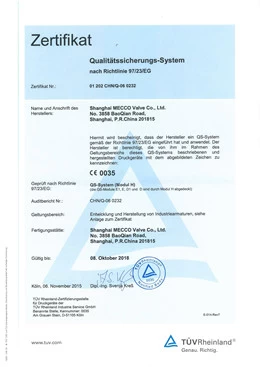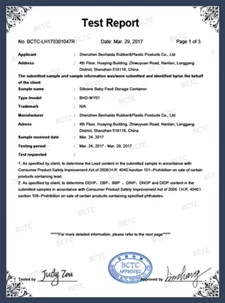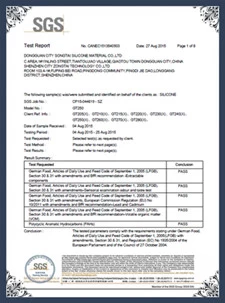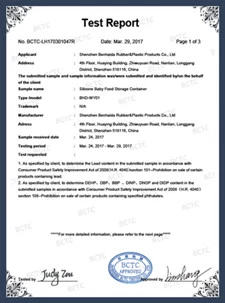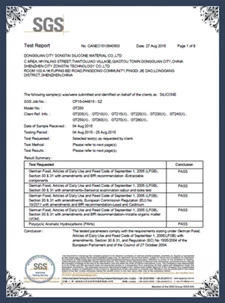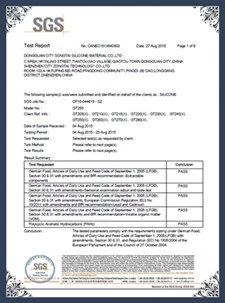Application of sewage treatment reverse osmosis technology in power plant water treatment system
In recent years, with the rapid development of various
aspects of China, my country's economic strength has been greatly improved
internationally, but some problems have also appeared in the rapid
development. Due to the rapid development of major enterprises, many water
resources have been severely damaged by pollution. Therefore, the country
pays more and more attention to the pollution of water resources, and
large-scale polluting enterprises such as power plants are therefore
restricted. The main way to reduce pollution is to use sewage treatment reverse
osmosis technology to treat and reuse water resources to slow down Pollution of
water resources.
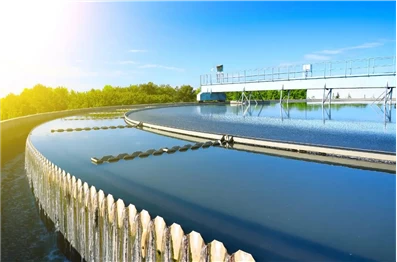
1 Introduction
Sewage treatment reverse osmosis technology is a
technology that can effectively reduce harmful substances in industrial
wastewater. Sewage treatment reverse osmosis technology has its own
characteristics. Sewage treatment reverse osmosis technology can purify
sewage and realize multiple uses of water resources, which not only saves water
resources but also reduces the production cost of enterprises, thereby providing
good economic benefits for the development of enterprises. Sewage
treatment reverse osmosis technology belongs to a category of membrane
separation technology. Tests show that this technology has been able to achieve
good results in power plant sewage treatment. For sewage treatment pipeline
Cowinns can supply industrial valves such as stainess steel butterfly valve.
Due to serious water pollution and shortage of water resources in recent years, the emergence of sewage treatment reverse osmosis technology has alleviated this situation. The benefits of sewage treatment reverse osmosis technology are not limited to reducing the cost of power plants, it is of great significance for the entire society and the ecology.
2 Basic principles of sewage treatment reverse osmosis technology
Sewage treatment reverse osmosis technology is an advanced
separation technology, the essence of this technology is membrane separation
technology. In general filtration, most of them are vertical filtration
methods. Such filtration methods can only filter out some visible floating
substances and insoluble impurities. However, sewage treatment reverse osmosis
and technology use different particle sizes. The molecules are separated and
the sewage is desalinated into reusable water resources through the sewage
treatment reverse osmosis membrane. In order to prevent the occurrence of
impurities retained on the surface of the sewage treatment reverse osmosis
membrane, the suspended matter in the sewage will be taken away by the sewage
on the surface of the sewage treatment reverse osmosis membrane during the
filtration process, which also eliminates the need to clean the sewage
treatment reverse osmosis membrane. step.
Sewage treatment reverse osmosis technology is a
technology with its own environmental protection characteristics, and in the
same technical field, it is a technology with a high desalination rate and a
wide range of applications. Therefore, sewage treatment reverse osmosis
technology is widely used in power plant sewage treatment. In addition, in
recent years, the demand for sewage treatment technology has been great, and
the corresponding sewage treatment reverse osmosis treatment technology is
simple to operate and easy to achieve technical automation. Therefore, more and
more power plants have begun to use sewage treatment reverse osmosis technology
for sewage treatment. This can not only reduce labor costs and save costs,
but also better promote the development of power plants.
3 Application of sewage treatment reverse osmosis technology in power plant water treatment
3.1 Recycling of circulating cooling sewage
Circulating cooling in the power industry is the most water-consuming link in the entire power plant. If the waste water in this link can be recycled and reused, the greatest degree of water conservation can be achieved. For the power industry, the relevant departments of our country have given strict control standards. Because power plants require more water resources, the corresponding discharged sewage is also more. This has also attracted the attention of my country's environmental protection departments.
Because environmental pollution is getting heavier and water resources are becoming scarcer, the relevant standards formulated by the state have also been improved. The power plant industry can only continuously increase the necessary costs in these aspects if the power plant industry wants to meet the corresponding standards. The load has also increased. Even some unscrupulous power plants discharge untreated wastewater into rivers or fields, which not only wastes water resources, but also harms land resources and human survival and development. The application of sewage treatment reverse osmosis technology has changed this situation well. The power plant uses sewage treatment reverse osmosis technology to treat the water in the circulating cooling system to make it reach the standard of reusability, so that it can meet environmental protection standards. It can also save water resources. Even if the cost of sewage treatment reverse osmosis technology is higher, it is more conducive to the development of power plants than before.
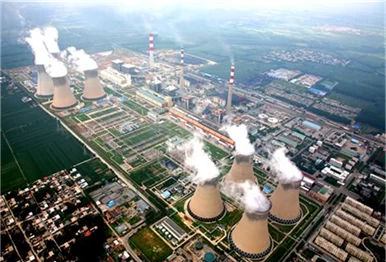
3.2 Comprehensive wastewater treatment in power plants
Sewage treatment reverse osmosis technology is a
technology mainly used in the comprehensive wastewater treatment of power
plants. The wastewater recovery in the comprehensive wastewater treatment of
power plants is to recycle some less polluted water resources after simple
treatment. This part does not need to use sewage Deal with reverse osmosis
technology. The wastewater treatment part of the sewage treatment reverse
osmosis technology is some seriously polluted wastewater, most of which are
power plant water after being used to turn into seriously polluted
acid-base water or condensate water. This kind of water is not limited to
water pollution. If it is not treated in time, it will volatilize and cause air
pollution. Sewage treatment reverse osmosis technology is mainly applied
to heavily polluted wastewater. The staff use sewage treatment reverse osmosis
equipment to neutralize the excessively high pH in the water. The water
after sewage treatment and reverse osmosis treatment can be reused. After
the wastewater is processed, it will not only cause air pollution and land
pollution, but also save water resources. This is an important reason why
reverse osmosis technology for sewage treatment is widely used.
3.3 Maintenance of filter
In order to reduce the pollution of membrane elements in sewage treatment reverse osmosis equipment, a filter can be installed at the front end of the sewage treatment reverse osmosis equipment, so that the filter can play a role in maintaining the sewage treatment reverse osmosis equipment and reduce the impact on sewage treatment. Damage to penetration equipment. In terms of filter selection, most of us will choose filter element filters with fewer cleaning times. The installation of the filter can better ensure the application of sewage treatment reverse osmosis equipment, and greatly reduce the maintenance and cleaning costs of the equipment.
3.4 Treatment of pollution of sewage treatment reverse osmosis membrane
Most of the sewage treatment reverse osmosis membranes used
in the sewage treatment reverse osmosis equipment of power plants are polyamide
composite membranes. This kind of membrane has its advantages as well as
its disadvantages. The advantage is that it has a large water flow rate, has a
strong desalination effect, and has strong bacteria resistance. But the
disadvantage is its poor oxidation resistance. Therefore, when the power
plant uses this kind of sewage treatment reverse osmosis membrane, it is
necessary to control the chlorine content in the sewage . The
water inlet standard is: water temperature is 20-30 degrees Celsius, water
pressure is greater than 1.05MPa, SDI is less than 3, chlorine content is 0,
and PH value is between 4-11. If there is a high content of chlorine in
the water, the staff can add appropriate sodium sulfite to the sewage so that
most of the chlorine in the water can be reacted. For sewage treatment
reverse osmosis membrane workers, regular formaldehyde disinfection should be
carried out to ensure the good operation of sewage treatment reverse osmosis
equipment. On the side with greater water concentration, substances will
continue to react, resulting in some crystals commonly known as scale. These
things will destroy the sewage treatment reverse osmosis membrane and affect the
normal operation of the sewage treatment reverse osmosis equipment. Therefore,
it must be appropriate before using the equipment. Lower the PH value, remove
the scale that has formed, and prevent the formation of new scale.
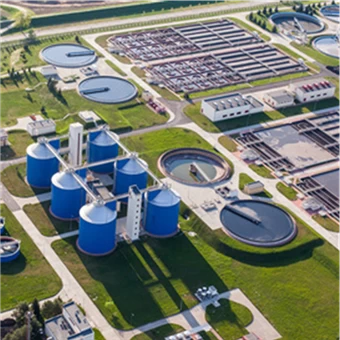
4 concluding remarks
In summary, sewage treatment reverse osmosis technology not only promotes the development of the power industry, but also helps solve the social problems of water resources utilization. The application of reverse osmosis technology in sewage treatment is a relatively simple way of sewage treatment, which does not require specific operating conditions and can achieve higher automation. This is also the reason why the application of reverse osmosis technology in sewage treatment has become popular.
As a industrial valve supplier, Cowinns not only service sewage treatment system but also service drinkable pipeline with triple offset butterfly valve
 +86 512 68781993
+86 512 68781993 